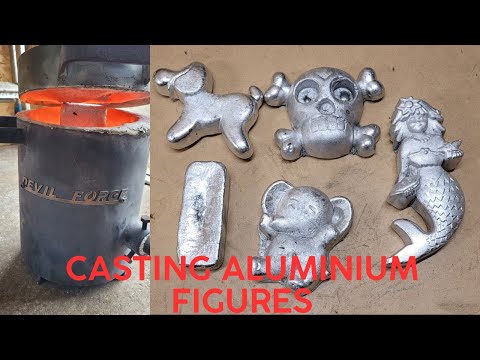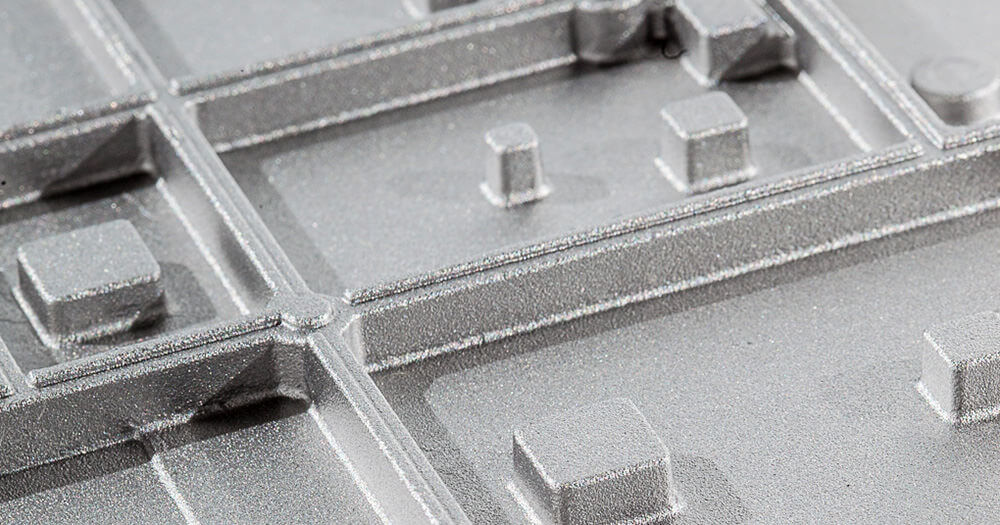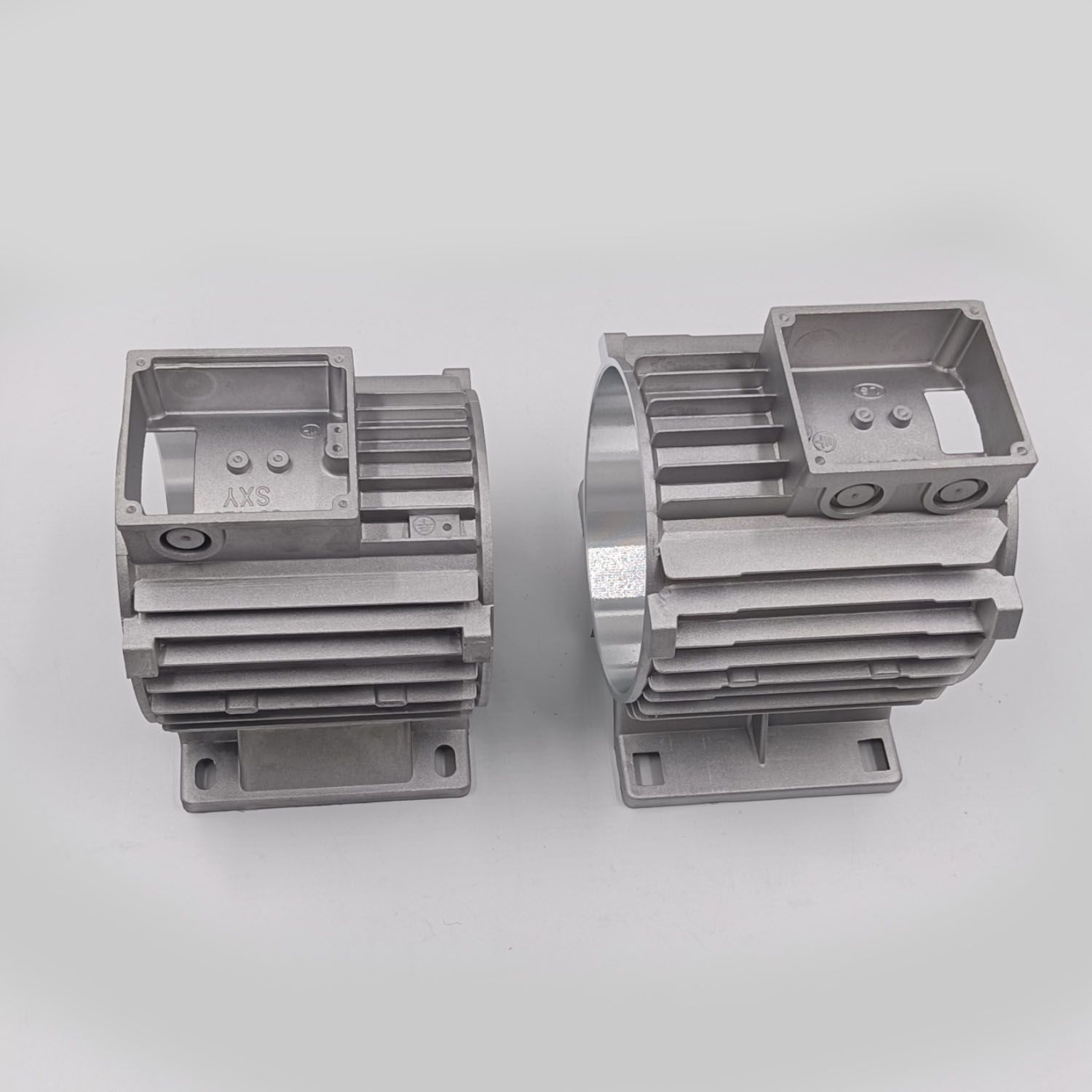The Best Guide To Stahl Specialty Company
The Best Guide To Stahl Specialty Company
Blog Article
Everything about Stahl Specialty Company
Table of ContentsThe 6-Minute Rule for Stahl Specialty CompanyThe 15-Second Trick For Stahl Specialty CompanyThe Stahl Specialty Company PDFsAll About Stahl Specialty CompanyThe Facts About Stahl Specialty Company RevealedSome Of Stahl Specialty Company

If you're designing a metal product, you have actually likely considered using light weight aluminum as the base product. It has a high strength-to-weight proportion, great corrosion resistance, great formability, and aesthetic charm. These aspects have resulted in its increased appeal in the last few years. Pure light weight aluminum has restricted applications, so it is commonly combined with various other elements, such as silicon, magnesium, and manganese to create alloys.
Various elements and quantities create a wide range of preferable physical and chemical residential properties. And the Light weight aluminum Association (AA), based in North America, has actually produced specifications that regulate light weight aluminum alloys' structure, properties, and classification. There are 2 kinds of aluminum alloys functioned and cast. Foundry workers develop these alloy enters different means, which significantly influences their features.
Our Stahl Specialty Company PDFs
Cast aluminum alloys are made by thawing pure aluminum and combining it with other steels while in fluid kind. After that the mix is poured into a sand, die, or financial investment mold and mildew. After solidification, the metal is eliminated from its mold and mildew. At this phase, it is in either its last kind or as a billet or ingot for more handling.

As an example, 160.0 stands for a cast with a minimum of 99.60% aluminum. The 4th digit, which comes after the decimal point, defines if the alloy is a spreading (xxx. 0) or an ingot (xxx. 1). Wrought light weight aluminum alloys also begin by combining liquified light weight aluminum with various other steels. As opposed to cast alloys, nevertheless, they are created right into their last form via procedures such as extrusion, rolling, and bending after the metal has actually solidified right into billets or ingots.
There are numerous minor distinctions between wrought and cast aluminum alloys, such as that cast alloys can consist of more substantial amounts of various other metals than wrought alloys. But the most significant difference between these alloys is the manufacture process through which they will go to supply the end product. Apart from some surface therapies, cast alloys will certainly exit their mold and mildew in virtually the specific solid type desired, whereas functioned alloys will certainly undergo several adjustments while in their strong state.
If you think that a functioned alloy might be the very best for your project, take an appearance at several of our write-ups that describe more concerning details functioned alloys, such as Alloy 6061 and Alloy 6063. On the other hand, if you think a cast alloy would certainly be much better for you, you can find out extra about some cast alloys in our Alloy 380 and Alloy 383 posts (coming soon).
Indicators on Stahl Specialty Company You Should Know
When selecting a light weight aluminum shop for your manufacturing requirements, it's critical to study several variables. Among one of the most essential elements to take into consideration is the experience and capability of the shop. Foundry. Picking a foundry who has the ideal expertise of the light weight aluminum spreading process, and the profile to reveal for it, aids to have an effective outcome for your project
Having the experience and sector expertise to craft your spreadings for optimal production and top quality outcomes will certainly simplify the task. Producing aluminum castings calls for a facility collection of procedures to achieve the appropriate outcomes. When choosing a brand-new light weight aluminum shop to companion with, guarantee they have considerable industry experience and are well-informed concerning all facets of the light weight aluminum casting process: layout, production, material analysis, and product testing.
The shop should also have a proven performance history of delivering extraordinary items that fulfill or exceed consumer expectations. Quality assurance must also go to the top of your checklist when choosing a light weight aluminum factory. By dealing with a qualified shop who follows the standards for high quality control, you can protect the stability of your product and guarantee it fulfills your specs.
By selecting a company that provides solutions that meet or surpass your product needs, you can be sure that your job will be finished with the utmost accuracy and effectiveness. Various components require different manufacturing methods to cast aluminum, such as sand spreading or die casting.
The Best Guide To Stahl Specialty Company
Pass away casting is the name provided to the procedure of developing complex metal parts through use molds of the part, also called dies. The procedure makes use of non-ferrous steels which do not contain iron, such as light weight aluminum, zinc and magnesium, because of the preferable residential or commercial properties of the steels such as low weight, greater conductivity, non-magnetic conductivity and resistance to corrosion.
Die spreading production is quickly, making high production levels of parts easy. It creates more elements than any type of other procedure, with a high level of accuracy and repeatability. For more information regarding die spreading and die casting products utilized at the same time, kept reading. There are 3 sub-processes that drop under the category of die spreading: gravity die spreading (or permanent mold and mildew casting), low-pressure die spreading and high-pressure die casting.
Regardless of the sub-process, the die casting process can be damaged down right into six steps. After the purity of the alloy is checked, passes away are produced. To prepare the craves spreading, it is necessary that the passes away are clean, so that no find here deposit from previous manufacturings stay. After cleaning, the ejection lubrication is related to the die to guarantee a smooth launch.
How Stahl Specialty Company can Save You Time, Stress, and Money.
The pure steel, also referred to as ingot, is contributed to the heater and kept at the molten temperature level of the metal, which is then moved to the injection chamber and injected right into the die. The pressure is after that maintained as the steel solidifies. As soon as the metal strengthens, the cooling process begins.
(https://www.gaiaonline.com/profiles/stahlspecialc/46950123/)
The thicker the wall surface of the component, the longer the cooling time due to the amount of interior metal that additionally requires to cool. After the part is completely cooled down, the die cuts in half open and an ejection device presses the component out. Following the ejection, the die is shut for the following injection cycle.
The flash is the extra product that is cast throughout the procedure. Deburring removes the smaller pieces, called burrs, after the cutting procedure.
The Best Strategy To Use For Stahl Specialty Company

Zinc is just one of the most secondhand alloys for die spreading because of its lower cost of resources. It's additionally one of the stronger and secure steels. Plus, it has excellent electric and thermal conductivity. Its rust resistance likewise enables the elements to be lengthy lasting, and it is one of the extra castable alloys due to its reduced melting factor - Aluminum Casting.
As mentioned, this alloy is one of one of the most typically made use of, yet produces will, at times, pick aluminum over zinc due to aluminum's production benefits. Light weight aluminum is very economical and one of the extra versatile alloys. Light weight aluminum is made use of for a variety of various items and markets anything from window structures to aerospace products.
Report this page